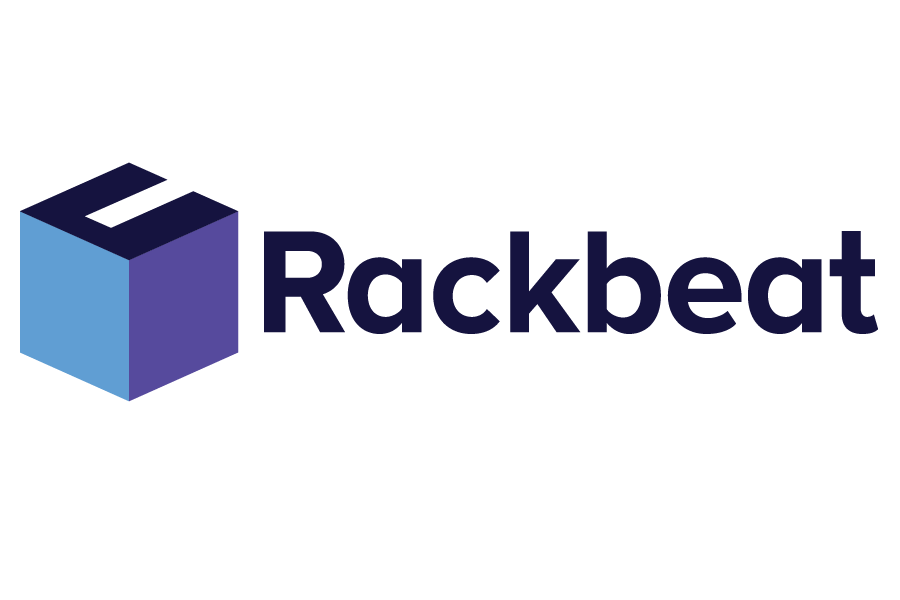Quick Response Logistics (QRL)
Quick Response Logistics, often abbreviated as QRL, is a logistics and supply chain strategy focused on responding quickly and accurately to customer demand. The idea is to minimize the time between when a customer places an order and when the product is produced and delivered. This requires close and agile collaboration between suppliers, manufacturers, and retailers – supported by digital tools and real-time data. QRL originated in the fashion industry but is now widely used across many sectors where speed and flexibility are essential for staying competitive.
Rackbeat July 30, 2025
How Does Quick Response Logistics Work in Practice?
Quick Response Logistics is built on four key pillars:
1. Real-Time Data and Digital Inventory Management
With a modern Warehouse Management System (WMS), you gain live access to inventory levels, sales data, and product consumption. This enables fast and informed decision-making across the supply chain.
2. Automated Procurement and Reordering
When the system detects that a product is approaching its minimum stock level, it can automatically send a purchase order to the supplier. This reduces the risk of stockouts and ensures a steady product flow.
3. Efficient Order Management and Integration
By integrating your inventory management system with accounting platforms, webshops, and suppliers, the entire order flow can be handled without manual errors or bottlenecks. This cuts down delivery times and minimizes administrative workloads.
4. Support from Inventory Management Hardware
Handheld scanners, barcodes, and mobile devices play a vital role in QRL, enabling fast and accurate product registration during receiving, picking, and shipping.
Together, these elements reduce lead times and enable real-time response to market changes – without compromising operational efficiency.
Benefits of Quick Response Logistics – Explained
1. Reduced Inventory Holding
By working with frequent, smaller deliveries and continuously updating inventory levels, you avoid tying up excess capital in stock. This frees up liquidity and lowers the risk of items sitting idle on the shelves.
2. Lower Risk of Waste
QRL helps businesses align production and purchasing with actual demand. This leads to fewer surplus items and a more sustainable profile – particularly relevant in the food, electronics, and fashion industries.
3. Faster Response Time
When all parts of the value chain are connected through smart order management and a well-functioning WMS, you can act immediately. This is a major advantage in industries where trends, seasons, or external factors quickly impact customer needs.
4. Increased Customer Satisfaction
Customers expect fast delivery and accurate stock information. QRL makes it possible to deliver on time and reduce out-of-stock situations – improving customer loyalty and giving your business a competitive edge.
Industries That Rely on Quick Response Logistics
Several industries are heavily dependent on fast and flexible logistics:
Fashion and Retail: Trends shift rapidly – getting the right products on the shelves at the right time is critical.
Electronics and Technology: With short product life cycles and frequent updates, quick adaptation is key.
Food Industry: Limited shelf life and freshness demands require precise inventory management and fast replenishment.
E-commerce: With tough competition, customers expect next-day delivery. Efficient WMS and purchasing control are essential to meet expectations.
What these industries have in common is that accurate inventory control and seamless integration between sales, purchasing, and logistics can significantly impact both customer experience and operational performance.
How Rackbeat Supports Your Quick Response Logistics
Rackbeat is designed for businesses that want to act fast and effectively. With our cloud-based inventory management system, you get:
Real-time insight into your inventory and order flow
Purchasing management with low-stock alerts
Integration with webshops, accounting software, and suppliers
Support for barcode scanning and inventory management hardware
Want More Tips to Optimize Your Inventory and Logistics?
Subscribe to Rackbeat’s monthly newsletter for regular inspiration, practical guides, and industry insights delivered straight to your inbox – whether you’re new to inventory management or looking to scale your supply chain operations.


